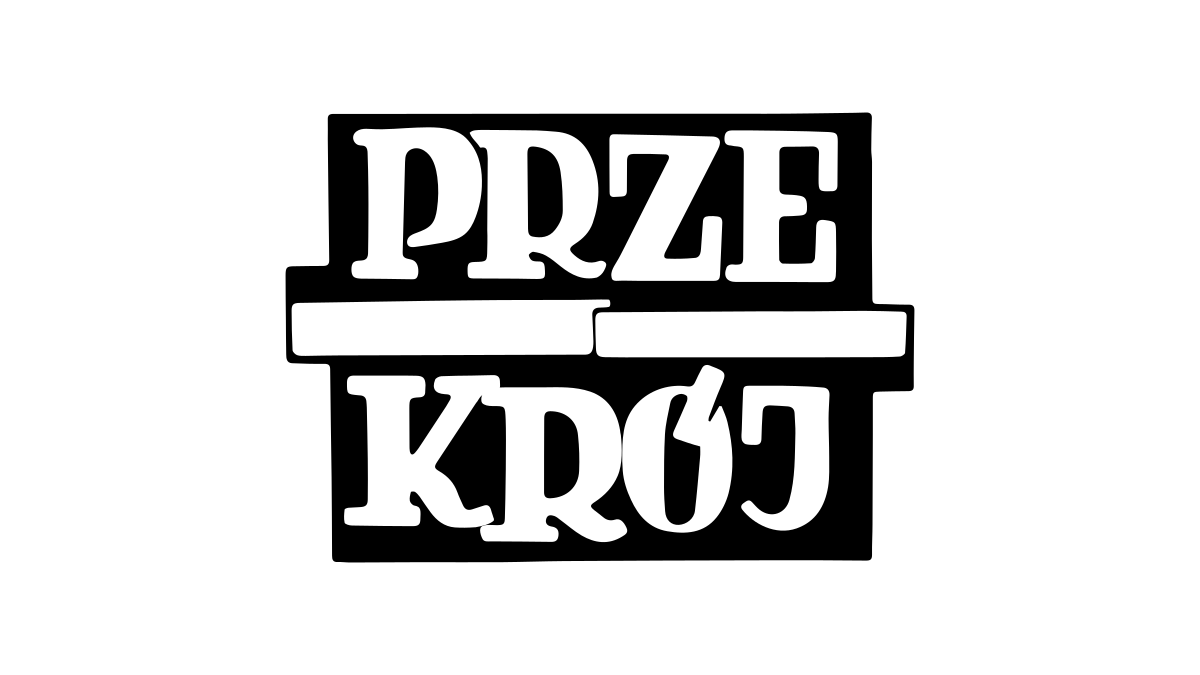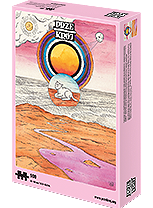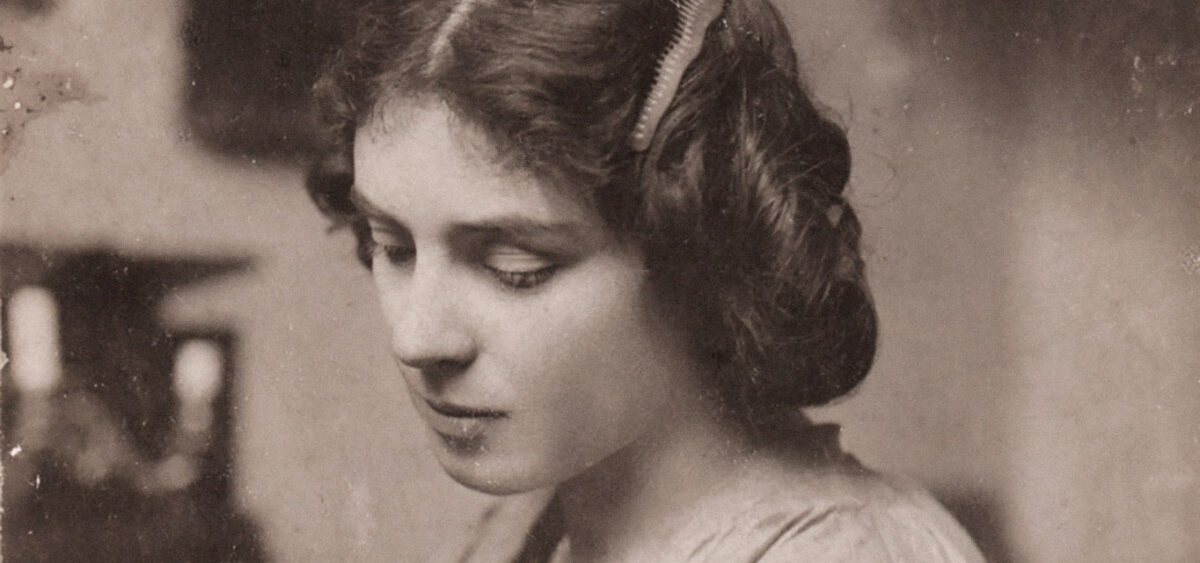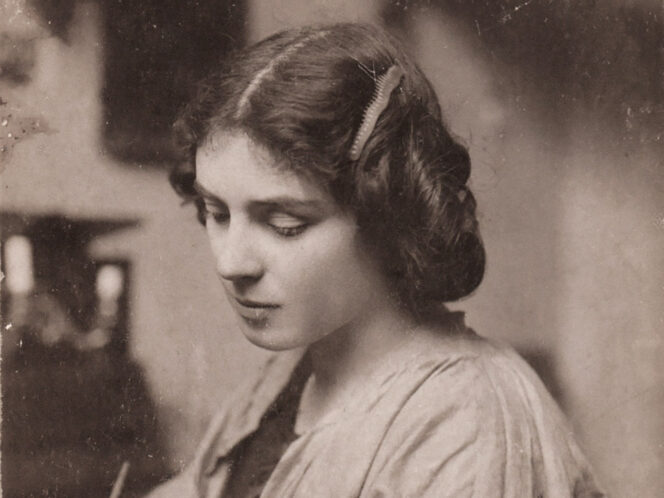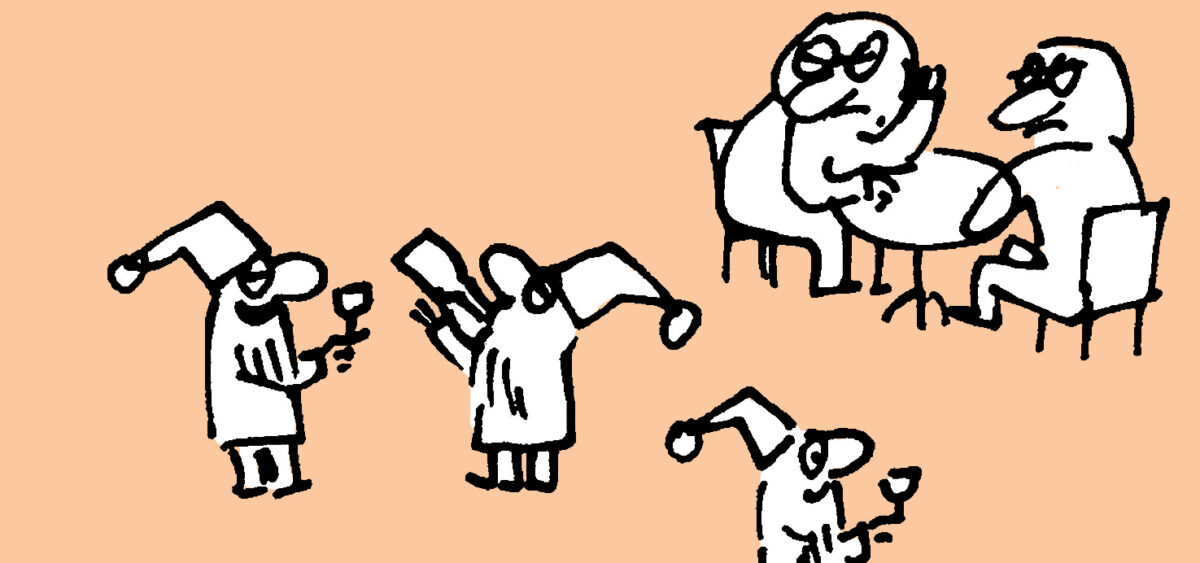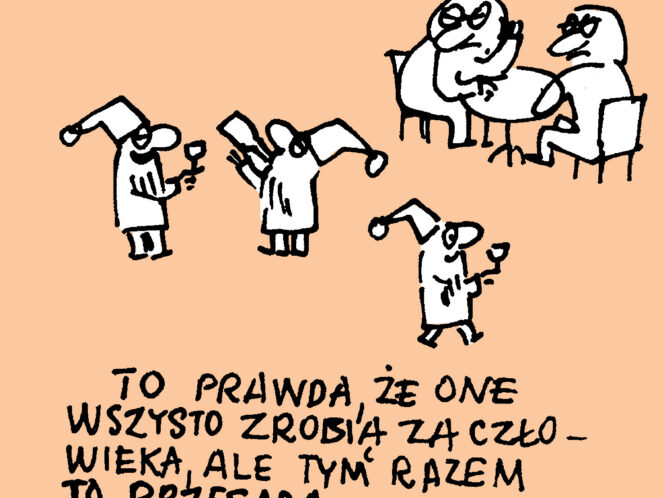
Have you heard of Mela Muter? Here is the story of a Polish-Jewish painter who was active in difficult times. She studied art in academies and under the tender eyes of authority figures, had affairs with Leopold Staff and Rainer Maria Rilke, and died alone.
Maria Melania Klingsland, later known in the art world as Mela Muter, was born on 26th April 1876 in a Warsaw tenement at 28 Leszno Street, Apartment 12. She was the second of five children of Fabian Klingsland and Zuzanna, née Feigenblatt. Melania’s parents belonged to a group of rather wealthy Jews, which is also attested by the location of their home on the southern side of Leszno Street, at the time known as ‘Ujazdowska Avenue of the Jewish district’. Fabian Klingsland, born in 1838, owned a department store in the city centre, at 129 Marszałkowska Street. Mela’s mother, 10 years younger than her spouse, came from from the Muszkats, a famous family of rabbis and kohanim. The Klingslands spoke Polish at home and supported Polish attempts at regaining independence. Fabian tried to be a patron of young writers. Władysław Reymont and Jan Kasprowicz were among the guests at his home. Every now and then Leopold Staff also popped in, who was to play an important role in Mela’s later life.
The Klingslands’ children, on top of conventional education, were also fostered by German and French governesses. Melania, due to her weaker physical constitution, had a nanny too, who whispered Polish prayers into her ear when putting the girl to bed. Fabian’s and Zuzanna’s daughter stood out with her beauty and demonstrated exceptional sensitivity and artistic talent. In 1982, she
